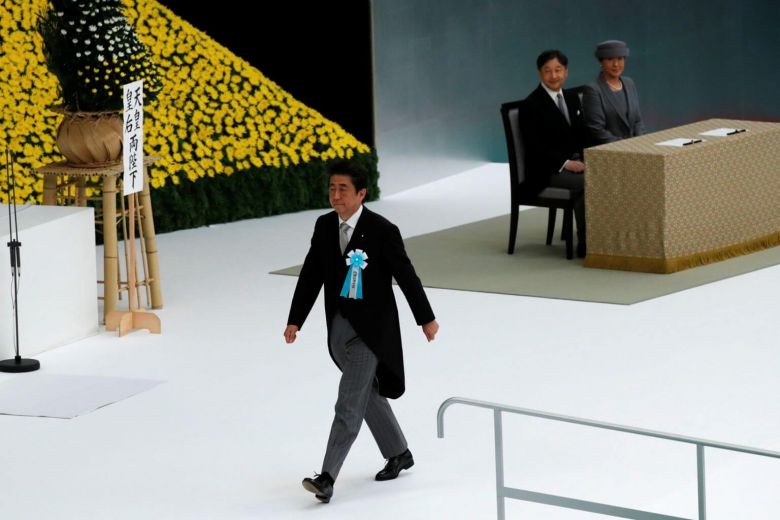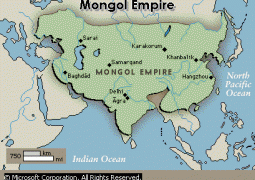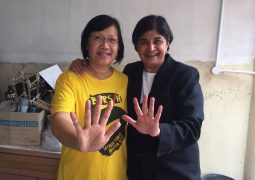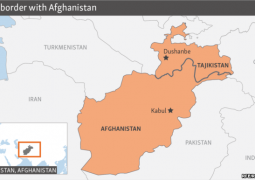A tale of two princes: how 1993 shaped Abe and Japan’s politics

Year of upheaval helped bond lawmakers elected to parliament in 1993

Crown Prince Naruhito and his wife, Masako, during a wedding parade in June 1993.
TOKYO — The enthronement parade for Emperor Naruhito, set for next month, will be an opportunity for Prime Minister Shinzo Abe to reflect on the early days of his political career.
Japan also held a parade honoring Naruhito in June 1993, to celebrate the then-crown prince’s marriage to Masako Owada. The beaming couple — Naruhito and Masako, smiling and crowned with a tiara — made a powerful impression.
The festive event, which drew roughly 190,000 spectators, was a welcome break from a political fund scandal that was casting dark shadows over the country.
That was also the year Abe was first elected to Japan’s parliament. The son of a former foreign minister entered politics in an election that pushed the Liberal Democratic Party into the opposition after decades in power. His early experience as an opposition lawmaker forever shaped his outlook on politics.
Just a few months before the parade, Shin Kanemaru, a former deputy prime minister and influential kingmaker in the LDP, had been arrested on tax evasion charges. Earlier, as the scandal unfolded, he was found to have taken the equivalent of millions of dollars in illegal political contributions from a major construction company.
The scandal shook the party that had led the country without interruption for decades. It also provided fodder for critics of Japan’s electoral system — specifically, the multi-seat districts for the nation’s parliament that pitted LDP candidates against each other. As winning in those districts involved spending massive amounts of money, they had come to be seen as a breeding ground for collusive ties among politicians, bureaucrats and the private sector. Calls grew for a switch to single-seat districts.
Abe, who took over his father’s district in Yamaguchi Prefecture, was elected to the Diet against the backdrop of the political storm. The freshman class of 1993 also included Toshimitsu Motegi, now foreign minister, and Yosuke Takagi, who has become the head of the Diet affairs committee of Komeito, the LDP’s junior coalition partner.
On the more liberal side of the political spectrum, Yukio Edano, head of the Constitutional Democratic Party, Seiji Maehara, a lawmaker with the Democratic Party for the People, and former Prime Minister Yoshihiko Noda were also elected to the lower house that year. They were in the Democratic Party of Japan government together when the party was in power between 2009 and 2012.
It was a peculiar moment in Japanese politics.
The July 1993 election, which followed a vote of no confidence in the cabinet of then-Prime Minister Kiichi Miyazawa, was the last under the old multi-member districts.
The LDP lost its majority and was pushed into the opposition for the first time since the party’s formation in 1955. Taking its place was a coalition government led by Prime Minister Morihiro Hosokawa of the Japan New Party. Since the LDP regained power in 1995, its rule has been interrupted only once more, by the DPJ.
Lawmakers elected in the same year tend to share close ties. But the LDP freshmen of 1993 also were marked by their time in the political wilderness and the electoral reforms of the following year, developing a shared sense of alarm that the old rules of politics no longer applied.
A sense of alarm often becomes the driving force for political struggles as politicians grow more eager to seize on opportunities.
In 2006, Abe was facing seasoned lawmaker Yasuo Fukuda to replace Prime Minister Junichiro Koizumi as LDP leader. That July, Abe — then chief cabinet secretary — met with some of his contemporaries in Tokyo’s Roppongi in hopes of winning them over. The group included Komeito members such as Takagi and Kazuyoshi Akaba, whom Abe named transport and tourism minister in last month’s cabinet reshuffle.
In that meeting, Abe spoke passionately about his father, Shintaro Abe, who was in a similar situation nearly 20 years ago. He vied with Miyazawa and Noboru Takeshita to succeed Prime Minister Yasuhiro Nakasone in 1987.
The elder Abe, dubbed the prince of Japanese politics, and Takeshita tried to settle the matter between themselves in backroom negotiations that were typical in political deal-making back then. The decision was ultimately left to Nakasone, who picked Takeshita. Shintaro Abe was appointed LDP secretary-general and considered a shoo-in to follow Takeshita as premier, but died from cancer before he had a chance to do so.
“You have to take advantage whenever an opportunity presents itself,” the younger Abe said, recalling his father’s fateful decision to cede to Takeshita.
While Fukuda was more cautious and tried to gauge his level of support within the LDP, Shinzo Abe nakedly showed his desire to seize the reins. Fukuda bowed out of the race in July, letting Abe coast to victory. Abe lost the post of prime minster a year later, but regained the role in 2012.
Japan’s single-district system has been in place for well over two decades, with the LDP-Komeito alliance remaining in power for most of that time. Shinzo Abe is poised to become Japan’s longest serving president next month, including his brief term in 2006 and 2007. The class of 1993’s trial by fire, and its ingrained conviction about future uncertainty, have helped the group remain the driving force in Japanese politics.
- Previous Turmoil in Oceania: Indonesia builds bridge to help quell West Papua unrest
- Next US reaches settlement to recover over USD700 million in assets 1MDB










